|
Short and sweet this week and more intermittent over the coming few months. It's summertime and time to get outside and see what's going on. I hope you enjoy the warmer weather and have a safe season. We will be writing less for the next few months but still publishing images like the three here. Above, we have the sun setting over Utah in early May. What you are looking at is part of Canyonlands National Park. Below? Still Canyonlands National Park only this time it is closer to 3:00 a.m. Yes, there are people in the park that late, especially when it is a new moon and the skies are clear of clouds. What you see in the lower right are the lights from headlamps and the backs of cameras from a local night sky photography class. They are standing on the edge of a ledge that looks out over the canyon vista that is shown in the daytime image below. They can see the stone wall that separates them from the canyon but the canyon itself is a giant black hole at this hour. What you see above them is the Milky Way galaxy with it's galactic core in the lower to middle part of the frame. The arm of the galaxy rises from the core to the left. I am standing back away talking with a man who had finished a triathlon earlier in the day and came out to see a dark night sky. The image is a single exposure of about 20 seconds. -----
All photos and text are copyright Clinton Richardson. If you like these posts, please tell your friends about the Venture Moola blog at Readjanus.com. For more photos, check out at Trekpic.com. Feel free to share this blog. The more readers the better. Click here if you would like to get a weekly email that notifies you when we release new entries. Or, click in the side column to follow us on Facebook or Twitter. Time to depart from our Safari Series and broaden our focus. This week we are on Florida's Gulf Coast fishing off shore for sharks. An odd choice perhaps but the grandson is shark-crazy and the plan is to catch, tag and release sharks as part of a shark study. My son found a captain qualified for this so we have committed to this adventure for the day. The plan is to fish behind shrimp boats off the coast using various dead fish parts as bait. We get nice weather but the plan fails. The shark aren't biting and after six hours for laying down bait behind shrimpers both active and inactive, we come up empty. Not a single shark caught or tagged. Thankfully the weather is cool and sunny and the sunscreen effective so we are no worse for the wear as we spend the day moving from shrimp boat to shrimp boat. The next day we are with the same captain and head out to try again for a couple of hours before heading inshore to fish for snipe. After a couple of empty tries behind shrimp trawlers, we come upon this pair with the boat on the right active sorting the "trash" fish out of a recent haul of shrimp and dumping it overboard. Perfect for attracting shark looking for an easy snack. Before we set our bait and begin fishing our captain strikes up a conversation with the crew on the shrimp boat. Mike, who is working the back of the boat, is happy for the conversation. "How long have you been out?" asks our captain. "About a month. Quiet the last few days but a good catch today. Were out of Houston." "Would you trade beer for trash?" "What have you got?" You can guess the answer to that question. After learning that Mike preferred a beer we did not have, we made the trade anyway.
And, that is how a morning's search for sharks in the Gulf of Mexico resulted in a catch of fresh shrimp. You can see the catch in my son's hand below. And, what about the shark fishing? The "trash" was put to use immediately. Once we settled in a spot behind the shrimp boat our captain started tossing the dead sea creatures in the water. And, from the electronic fish detector on deck we could see it was attracting a lot of fish below. Mike and his fellow crew members also kept releasing "trash" into the gulf as well, supplementing our free feast for scavengers below. Unfortunately, Mike and his buddies were more expansive in what they included in their trash disposal, tossing crushed Budweiser cans into the water as well. We watched as the cans floated away in the tide. I wondered? Were the shrimpers unconcerned about trashing the gulf or were they disposing of the evidence of an unsanctioned trade? Possibly both. Our luck with shark fishing did not improve. After releasing all the chum into the water and tossing out two lines baited for shark we came up empty again. Not that our six-year old grandson grew bored however. He made a morning out of inspecting the discarded fish and crabs and tossing them overboard. After exhausting our supply of chum, we headed in shore for a couple of successful hours fishing for snipe. When we departed the boat mid-afternoon we headed to our condo to clean up before dinner. The freshly caught shrimp were later prepared at a local restaurant. A nice end to a day on the water. -----
All photos and text are copyright Clinton Richardson. If you like these posts, please tell your friends about the Venture Moola blog at Readjanus.com. For more photos, check out at Trekpic.com. Feel free to share this blog. The more readers the better. Click here if you would like to get a weekly email that notifies you when we release new entries. Or, click in the side column to follow us on Facebook or Twitter. Would you like to take a trip of a lifetime? How about an African safari where you can see exotic animals in the wild in abundant numbers and with comfortable accommodations? What if your trip helped preserve the very wildlife you see and its threatened habitat? And, what if it also helped the indigenous people of the area preserve their way of life? Would it help persuade you if your outfitter could walk you through the planning process, help with travel arrangements and provide on the ground representatives to make your in-country travel seamless? Would you be more likely to go if the head of your outfitter helped create the very conservancy concept that makes this possible? If you think you might, read on while we describe how to make just such a rewarding and environmentally supportive adventure. Take a safari like the one we just described in our recent 28-episode Safari Series. And experience the best trip of your life while helping preserve Africa’s wilderness. Planning your own safari. Planning your own trip is easy really. Just contact Gamewatchers Safaris through their website at porini.com or by get in touch with one of their expert representatives. We worked with Wayne Hammond ([email protected] / in UK +44 (0) 7986 978985) and had a great experience. Friends have worked with Julie Roggow ([email protected] / in U.S. 1-877-710-3014) and rave about how helpful she is. Either would be a good choice to work with. Rather know more before you talk with someone? Check out the Gamewatchers’ website planning page or have a free planning guide at sent to you. Why we chose Gamewatchers Safaris. But why travel with Gamewatchers to their conservancies? Why not use another outfitter in Africa? There are lots of reasons that fit into two general categories. The first are the selfish reasons that relate to the quality of your safari experience. The other relate to the impact your travel makes on the region, reasons related to being environmentally conscious and supportive. First, the selfish reasons. You get a great experience. I think the proof of that is in the safari we took and documented in our recent Safari Series. Check out any of our 28 adventures recorded from our 12-day trip. Forgotten our trip? Sample some of these days we traveled with Gamewatchers. Safari 1: The Hunt Safari 3: Tented Camps and Conservancies Safari 4: Passports in his Underpants Safari 5: Night Lions to Amboseli Safari 7: Pooh on You Safari 9: The Maasai Safari 11: Crash in the Grass Safari 17: Distracting His Highness Safari 18: How to Eat a Tree Safari 19: Hunting with Children Safari 24: Searching for Figlet You get a superior viewing experience. Seriously. In the conservancies, the number of tents are limited per acre to keep the number viewing tourist numbers down. No more than one tent per 700 acres and no more than 12 tents in a single camp. So, you see more animals with fewer sightings of other vehicles. You view the animals on drives in six passenger open safari vehicles that give you an unimpeded view. And in the conservancies, the vehicles are permitted to go off road to where the animals are. So, you get close. In the National Parks, which abut the conservancies, this is not possible. But you do not miss the national parks. You will be able to view in both locations while visitors to the national parks are not invited into the conservancies. Amboseli National Park was spectacular and highlight of our trip. The accommodations are first rate. Yes, you stay in tents but the tents are spacious, floored and come with their own bathroom and shower. Yes, the showers are gravity showers but we never had problems with temperature or volume of water. Each of our tents also had two beds (with bedsteads), one a single and the other a full size. Bedside tables with lamps and a writing table were standard fare. Each also had a covered porch with two chairs. And, the food is five-star served in spacious dining tents each day where you get a chance to share stories with other guests. Before dinner, many of us sat outside around a fire pit to enjoy the evening and one another’s company. You will find the people as enjoyable as the wildlife viewing. And by that, I do not mean just the other guests. The staff were extremely cordial and engaging made up almost entirely of local Maasai, the same people who lease the conservancy land to Gamewatchers. It's good for the wildlife and more. As if all of that was not enough, you can take this trip and have this grand experience with a clean conscience. It all is extremely eco friendly and your travel dollars go a long way to expand wildlife habitat in Africa and support the local Maasai community who owns the conservancy land. This is all the brainchild of Jake Grieves-Cook and others like him who came up with the conservancy concept as a way to help local tribes by making them partners conservancy projects that expand protected wildlife habitat beyond the borders of the National Parks. For more than 20 years, Jake has been working to expand wildlife habitat and promote the interests of the local Maasai. Here is how the model works. Jake and his Gamewatchers Outfitter (www.porini.com) lease land directly from the Maasai that they set aside as game conservancies. Gamewatchers agrees to strict density limits and set up tented camps in the conservancies. Tourists visit the camps and provide the revenue to pay the Maasai. The Maasai receive regular rent payments for the leased land. The camps also employ the local Maasai to run the camps and provide the guides. The result is more habitat, employment and revenue for the Maasai, more wildlife in the conservancies, and a premium wildlife viewing experience for visitors. It all works if enough of us visit and support this remarkable conservancy model. Make your plans. So, take the leap. Plan a safari and have one of the best experiences of your traveling life. But, do it with Gamewatchers Safari and help preserve the wild African experience for future generations. In case you forgot, here is how to plan a trip with Gamewatchers. Just contact Gamewatchers Safaris through their website (at porini.com) or get in touch with one of their expert representatives. We worked with Wayne Hammond ([email protected] / in UK +44 (0) 7986 978985) and had a great experience. Friends have worked with Julie Roggow ([email protected] / in U.S. 1-877-710-3014) and rave about how helpful she is. They will tell you everything you need to know to plan a great trip. Rather know more before you talk with someone? Check out the Gamewatchers’ website planning page or have a free planning guide at sent to you. Either way, have a great trip! ----
All photos and text are copyright Clinton Richardson. The images are from the author's Safari Collection at Trekpic.com. If you like these posts, please tell your friends about the Venture Moola blog at Readjanus.com. Want to plan your own safari? If so, feel free to check out the outfitter we used at Porini.com. And, feel free to share this blog. The more readers the better. Click here if you would like to get a weekly email that notifies you when we release new entries. Or, click in the side column to follow us on Facebook or Twitter. Sorry to miss last Thursday but I was on the road, traveling to Missoula and more remote parts of Utah. More about that in later postings. For now, just this quick note to let you know this coming Thursday I will be answering two questions raised by many during the Safari Series postings we have recently completed. Those questions are how do I plan my own safari and can I do it in an environmentally friendly way? Thursday we will answer both questions in detail. If you ever considered taking a safari of your own, do not miss this Thursday's entry. ----
All photos and text are copyright Clinton Richardson. The images are from the author's Safari Collection at Trekpic.com. If you like these posts, please tell your friends about the Venture Moola blog at Readjanus.com. Want to plan your own safari? If so, feel free to check out the outfitter we used at Porini.com. And, feel free to share this blog. The more readers the better. Click here if you would like to get a weekly email that notifies you when we release new entries. Or, click in the side column to follow us on Facebook or Twitter. Our safari has ended and we are headed home. But first, we have some time to kill before our flight home. Our outfitter has arranged a driver who picks us up at the Wilson Airport a little before noon to show us around Nairobi for the rest of the day. His name was Gideon. He was tall with a soft but deep voice that reminded me of James Earl Jones. He had immigrated to Nairobi from Malawi and now worked for our outfitter Gamewatchers Safaris. Gideon took us first to a bead and jewelry manufacturer in Karen, a suburb named after the author of the novel Out of Africa, for a short tour. All of the bead makers are women with children who do not have husbands. It is part of the company's mission to provide employment to this disadvantaged group and there is always a waiting list of applicants for openings. Our guide showed us around the plant and explained the various parts of the process from shaping to baking to coloring and finishing the beads. Afterwards, Gideon took us to a nearby restaurant for lunch. We both felt like we were dining in a movie set for a film about colonial Africa. We sat outdoors on in an area that looked and felt like a country club setting. When it cooled down with the threat of rain, our servers brought out a small coal-burning appliance to set down beside the table. Linen napkins, etc. You get the picture. As we drove, we talked. Where was Gideon from? Did he have family? Where did he live? He was very curious about America and asked many questions about life in the States. What were houses like in the United States? Did the houses have walls like those in Karen? The walls. They were everywhere we drove in Nairobi. So many and so high that they obstructed your view of what lie behind the sidewalk or street. And in the high-end residential areas they were frequently topped with razor wire. Homes like fortresses. Like luxury prisons. When we were finished with our list, it was to early to head to Nairobi International Airport for our flight home so we asked Gideon if he had any suggestions. At first, he could not think of anything that interested us. So we suggested he take the long way to airport. And, then he had a thought. "I could drive you by the slums," he said. "It is good to see them because it reminds us of how fortunate we are." And so as we meandered toward the airport, he pulled the car to a stop at the top of a hill and invited us to get out. There below us for miles to the left and right and abutting right up to modern city buildings were ramshackle buildings with rusted corrugated tin roofs and scrap metal walls. The buildings were so crowed together that from our distance you could not easily make out where roads or walkways were. After weeks of taking photographs, I could not bring myself to take a picture. The scene was too much, too overwhelming. I had seen pictures, in the movies even (think Slum Dog Millionaire), but until now I had no direct experience, no sense of scale. I was sure I could not do it justice with a camera. How many people must live in this area? And, what kind of life do they have? What government services could even reach into the depths of this maze of shacks? Could he take us closer, I asked? Yes, he could drive us along the edge as we make our way into the city on our long route. And so we did. It was dusk when we began driving down a street that abutted the edge of the slum. On our left for blocks and blocks were the tin shacks we had seen from above. In front of them were beaten up booths, mostly empty now that night approached. On our right, just the other side of a four lane road were the walls common around Nairobi with the buildings and activities of a modern city behind them. There were lots people out and about, both adults and children. None had a scrubbed tailored look. I tried to look down the passage ways that entered behind this front of the slum. What I could see in the diminishing light were dirt pathways, mostly narrow and winding into the back parts this rusting city within a city. "They can't get services in." Gideon noted. "When someone gets sick or injured, they have to carry them out because an ambulance cannot get in." I looked again into the slum. Three children left the street in front of us and followed a darkening path that led to who knows where. - - - - -
Photo by Schreibkraft use under Creative Commons license and modified by the author. If you like these posts, please tell your friends about the Venture Moola blog at Readjanus.com. Want to plan your own safari? If so, feel free to check out the outfitter we used at Porini.com. And, feel free to share this blog. The more readers the better. Click here if you would like to get a weekly email that notifies you when we release new entries. Or, click in the side column to follow us on Facebook or Twitter. |
the blog
Travel, history, and business with original photos.
your hostClinton Richardson - author, photographer, business advisor, traveler. Categories
All
Archives
July 2023
Follow us on Facebook
|
Check out Ancient Selfies a 2017 International Book Awards Finalist in History and 2018 eLit Awards Gold Medal Winner and
Passports in his Underpants - A Planet Friendly Photo Safari a 2020 Readers' Favorite Winner in Nonfiction
Site Copyright 2024 by Clinton Richardson
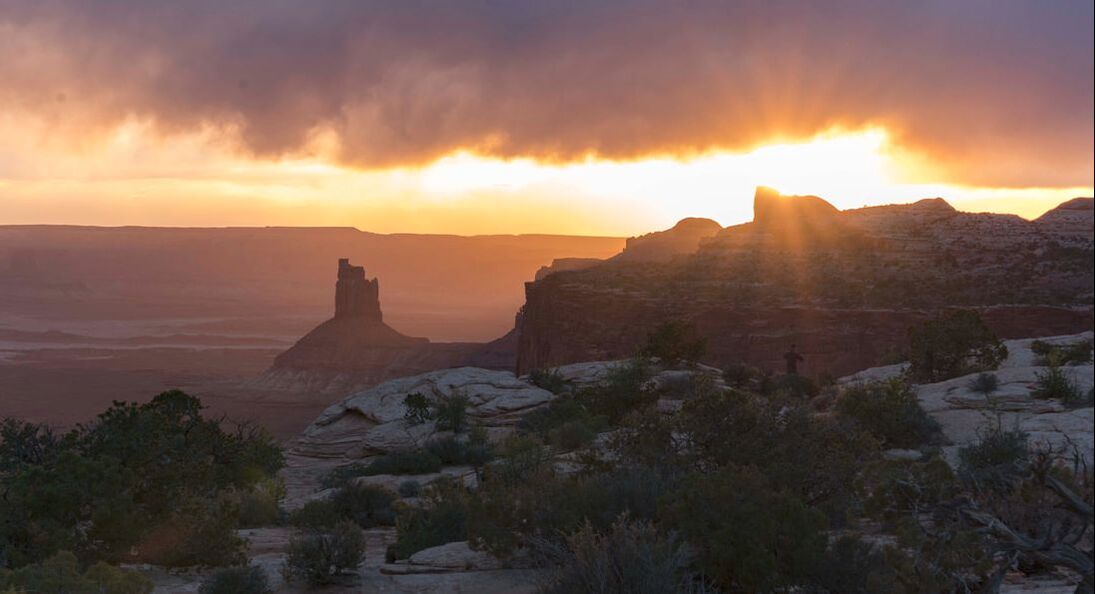
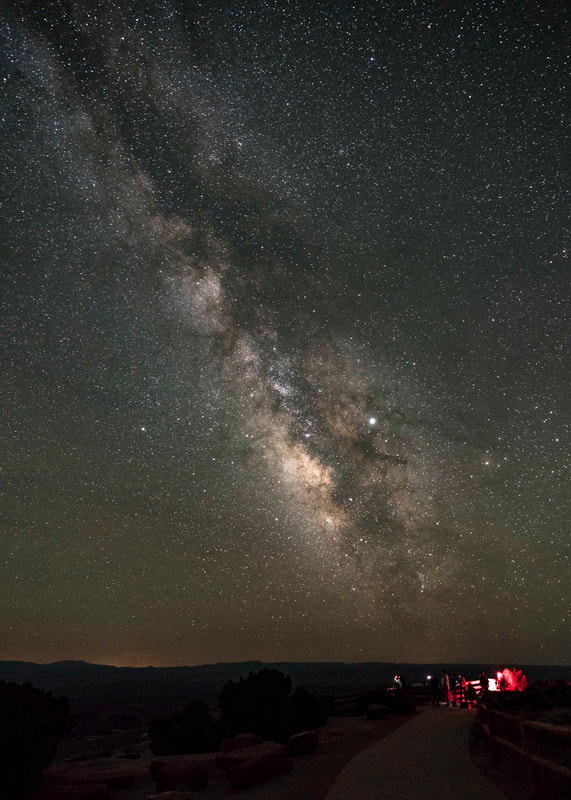
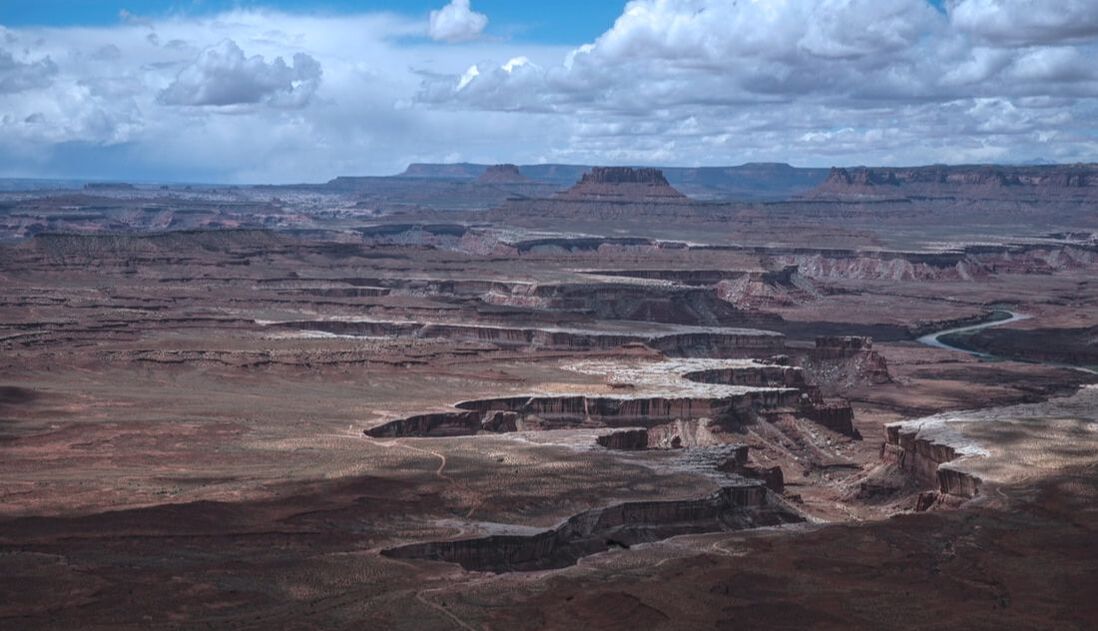
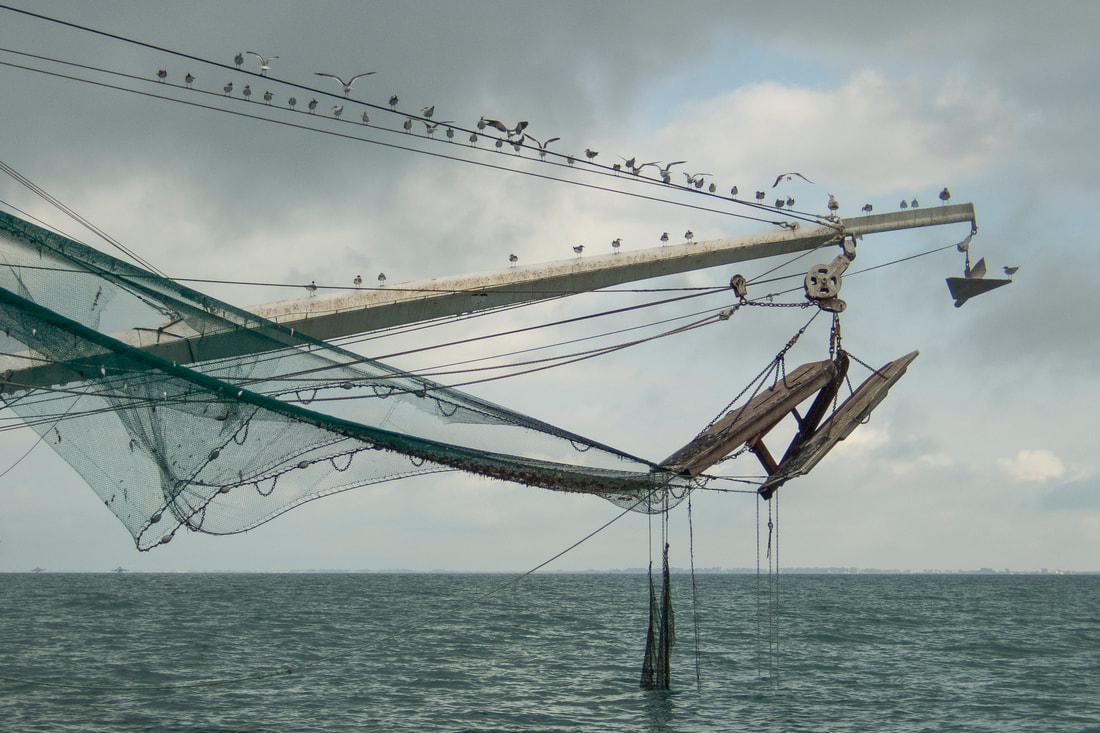
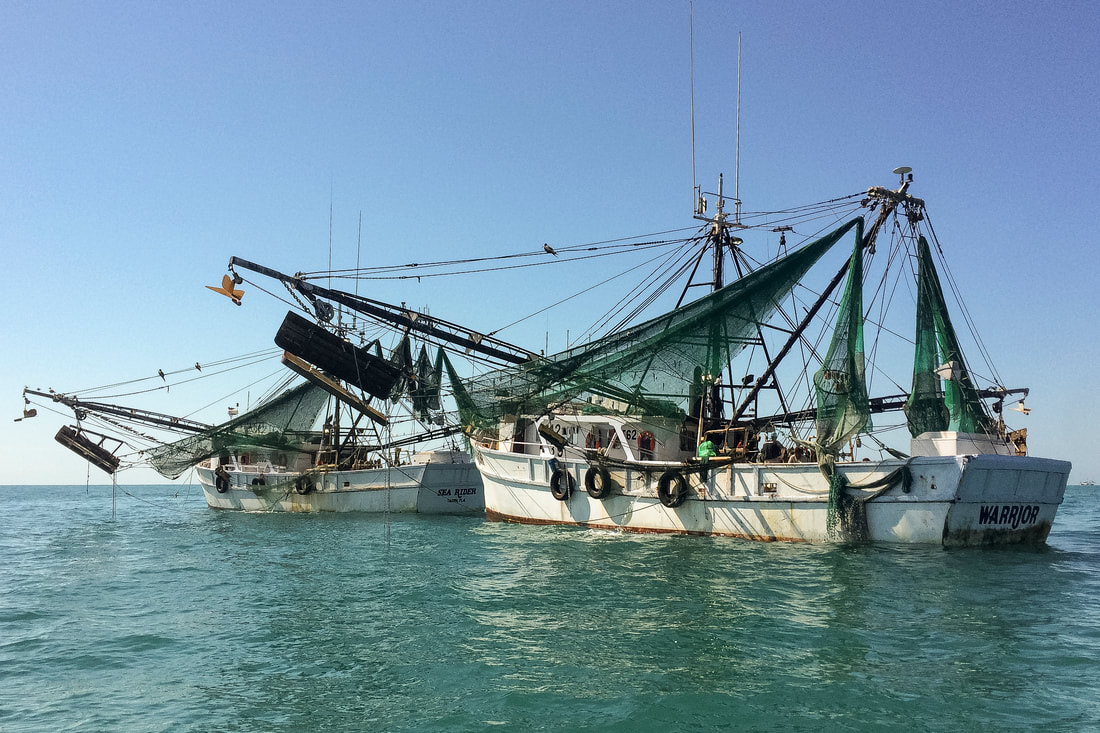
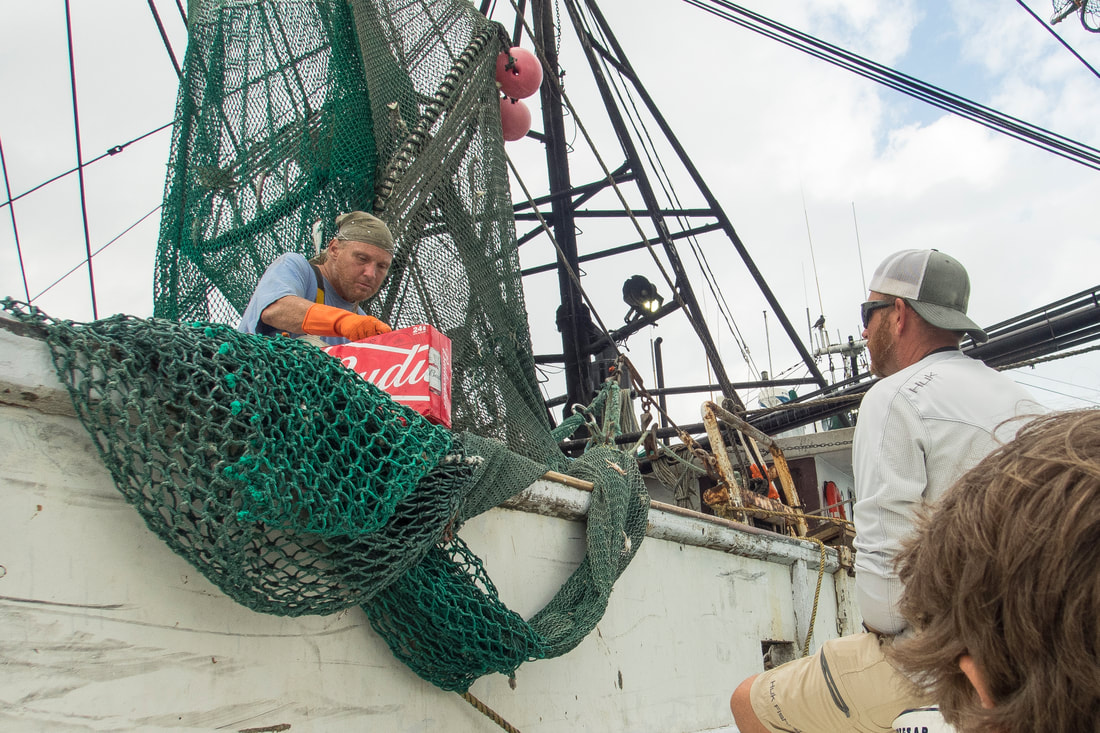
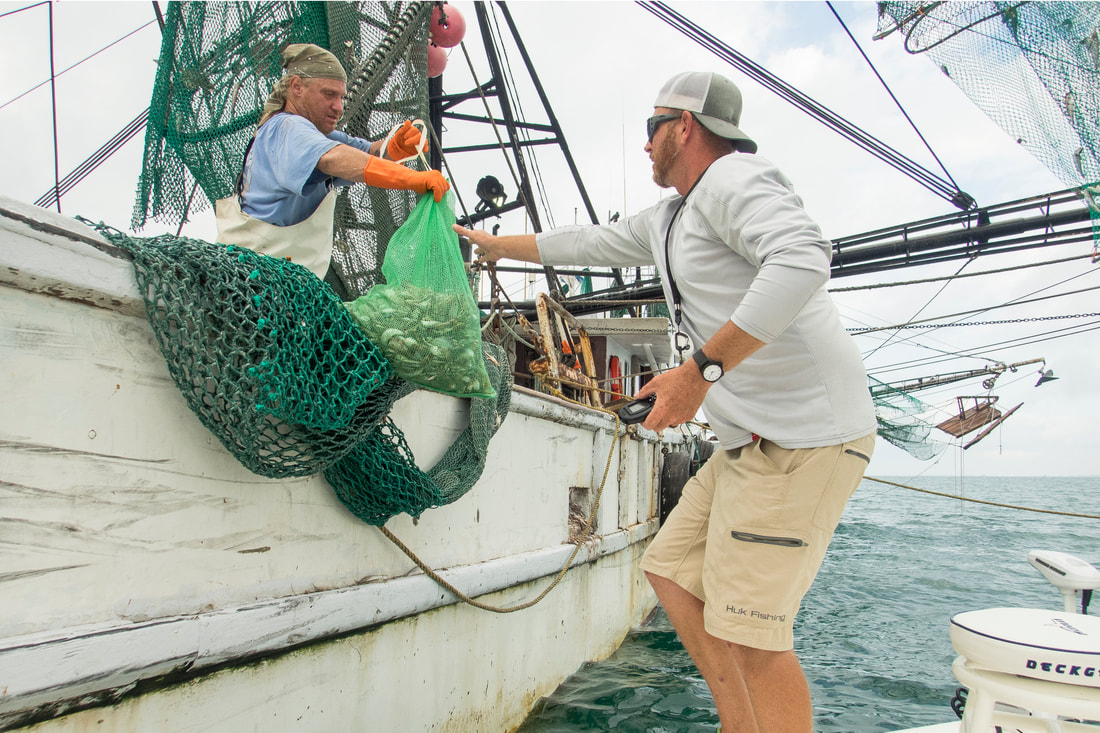
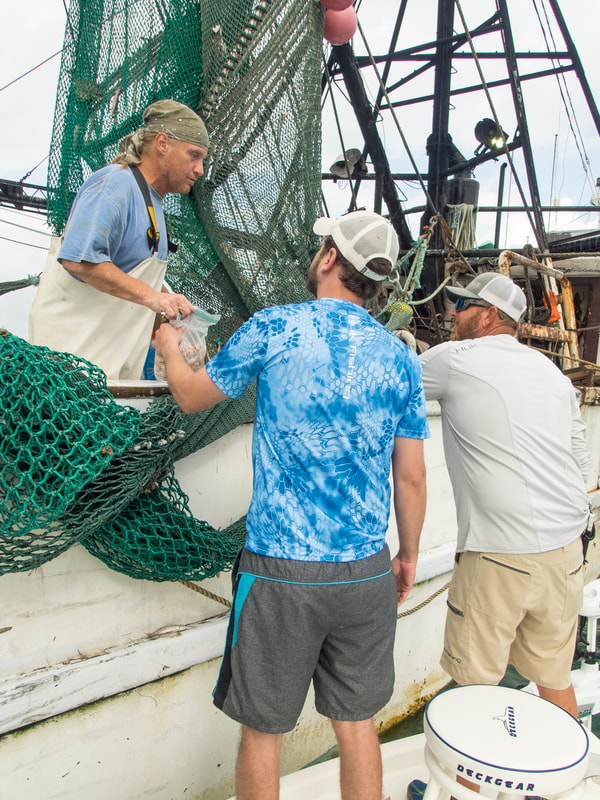
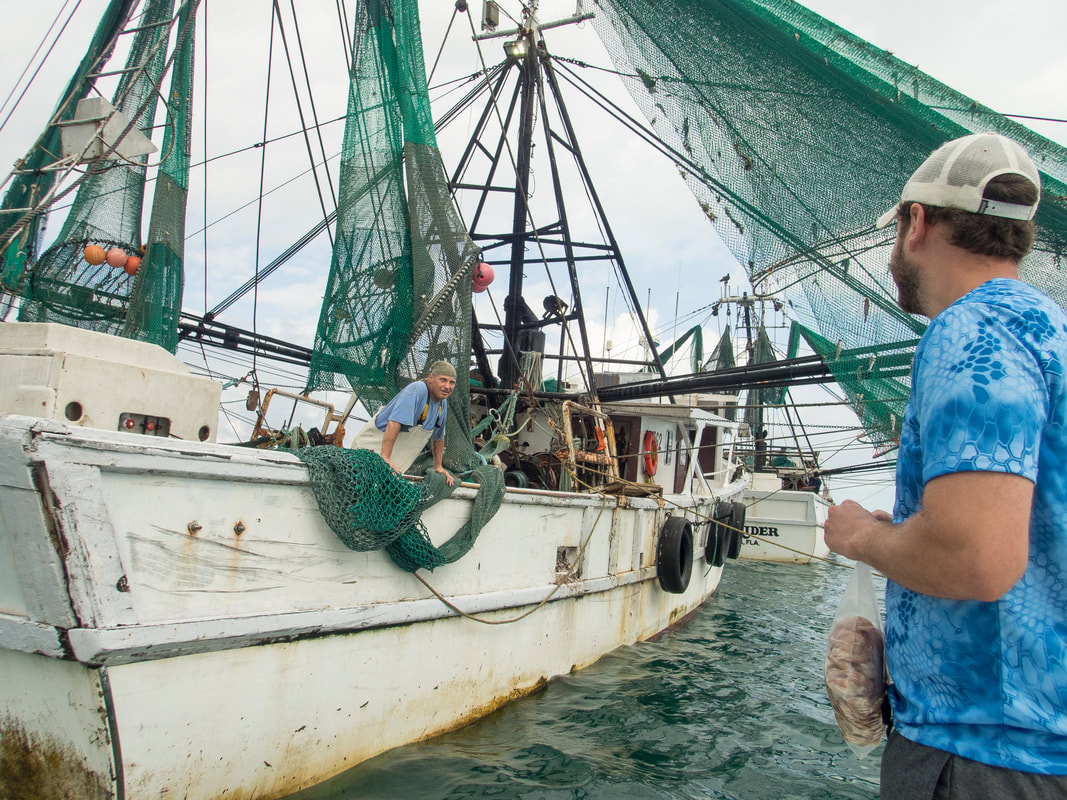
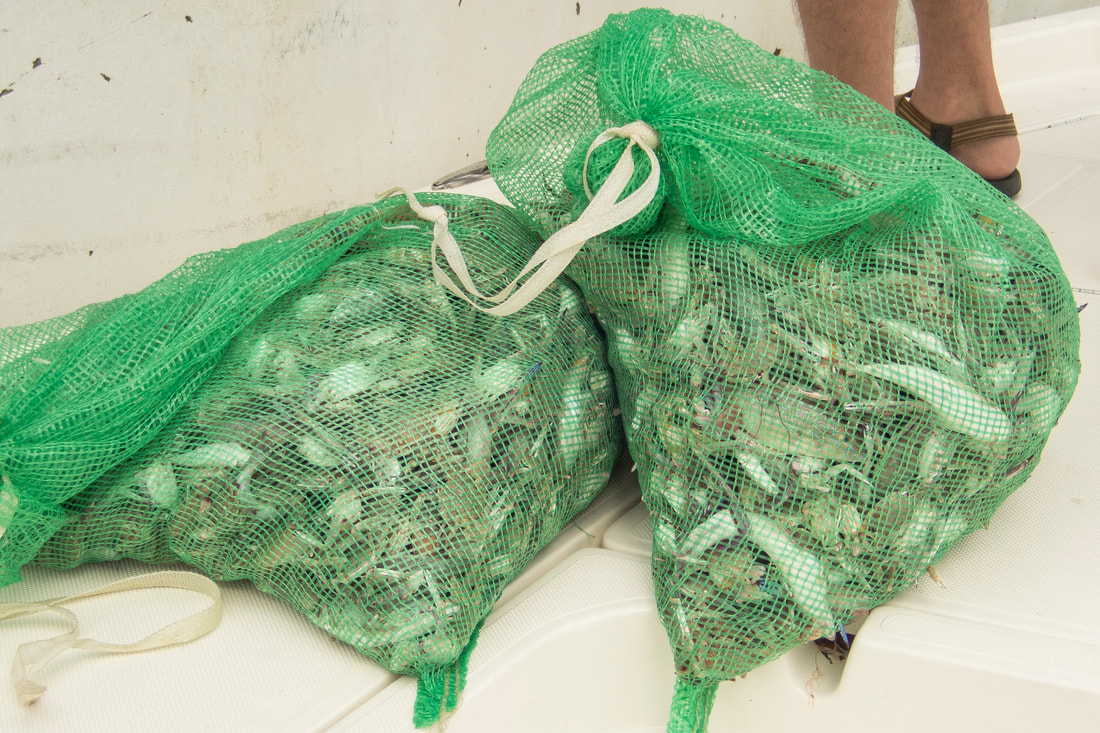
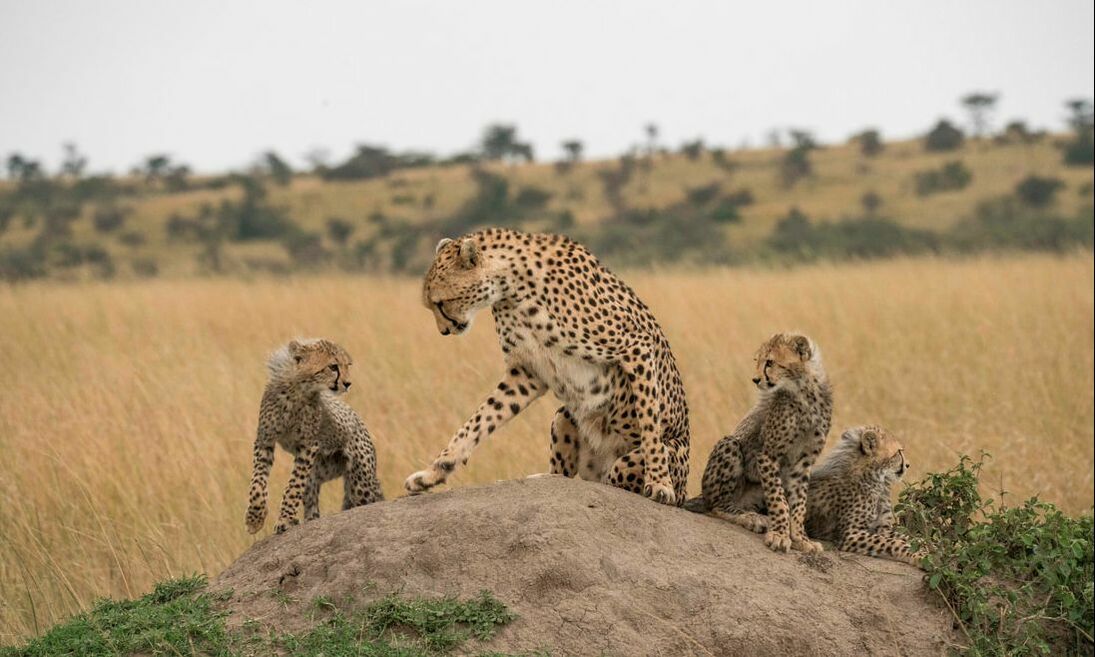
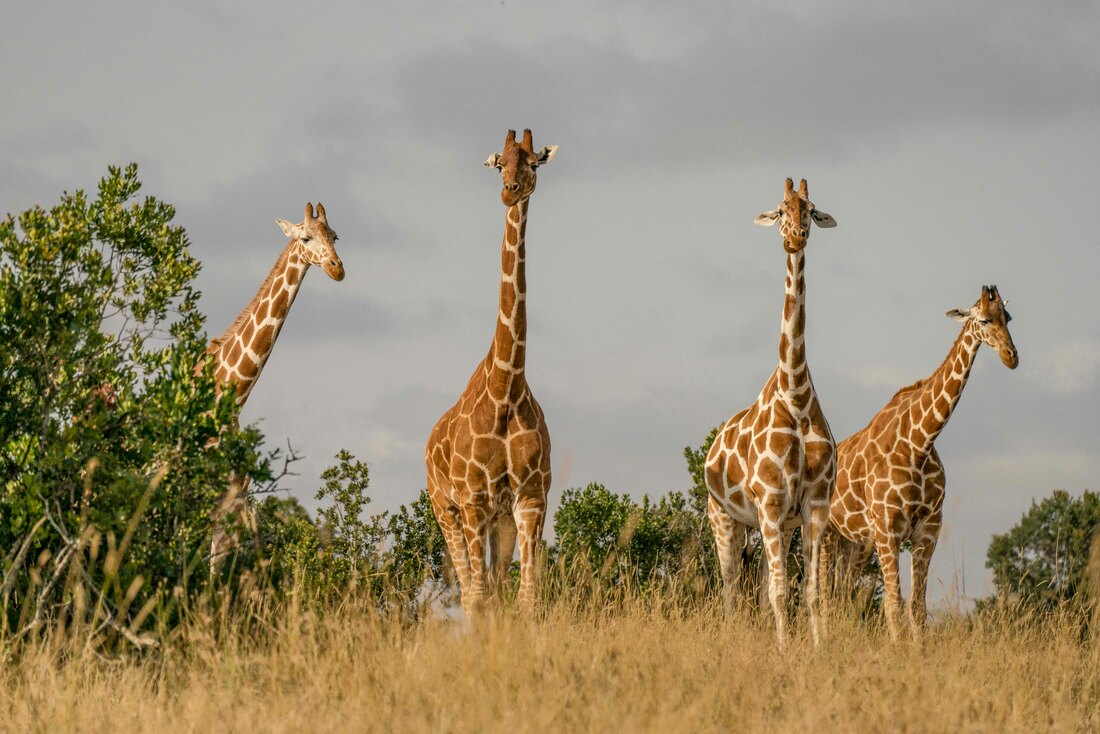
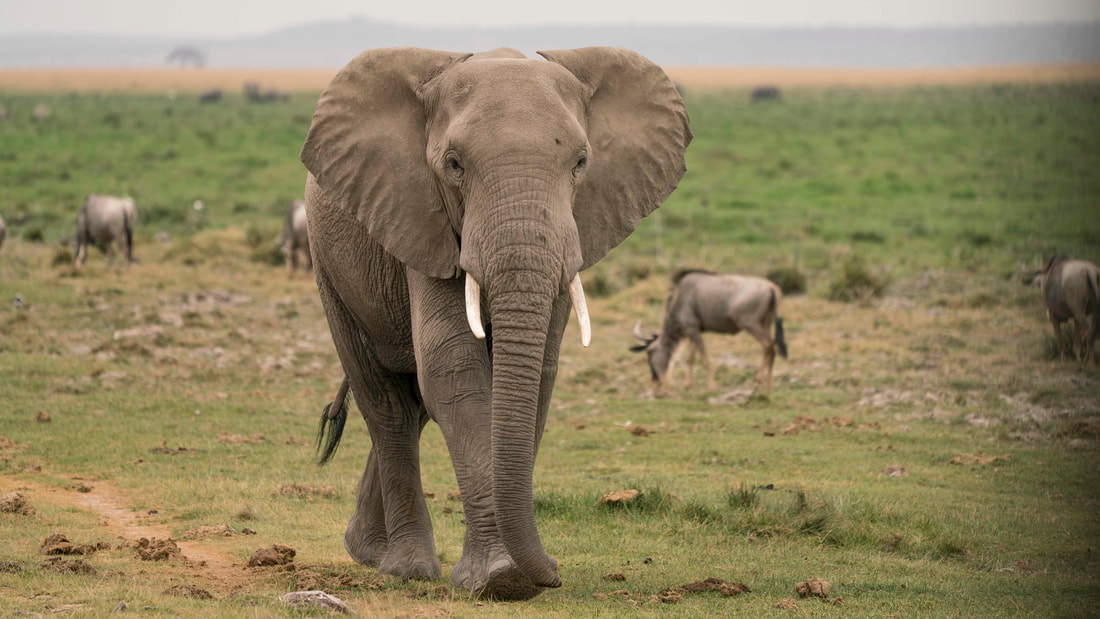
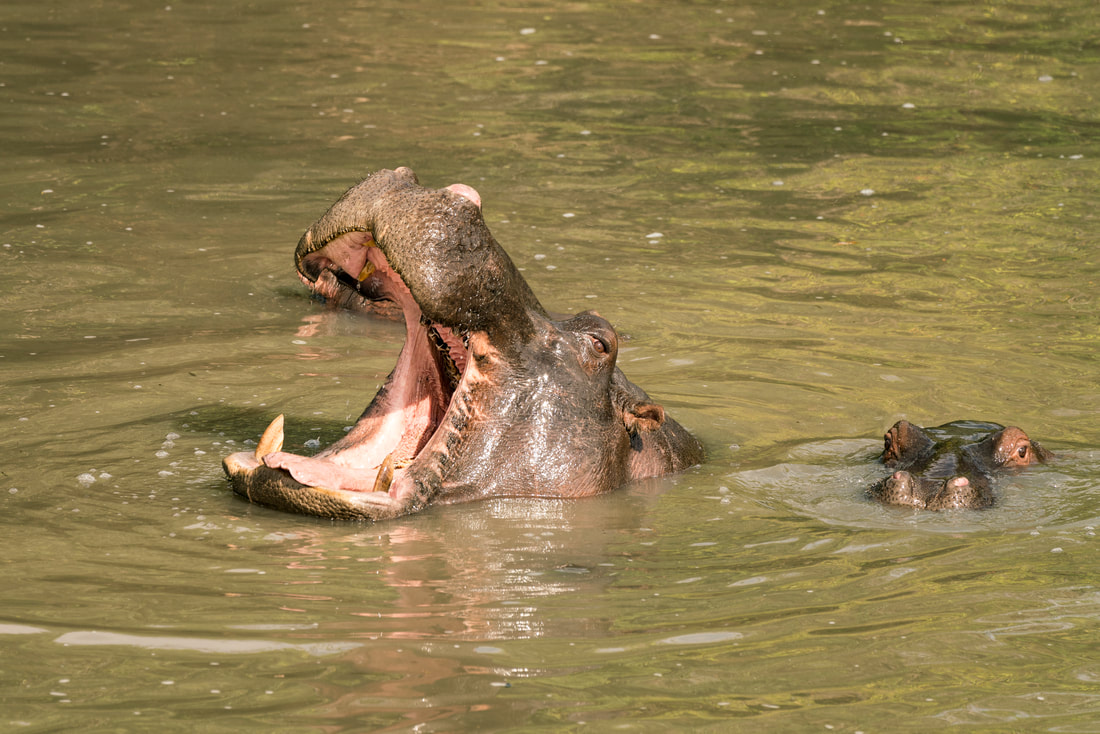
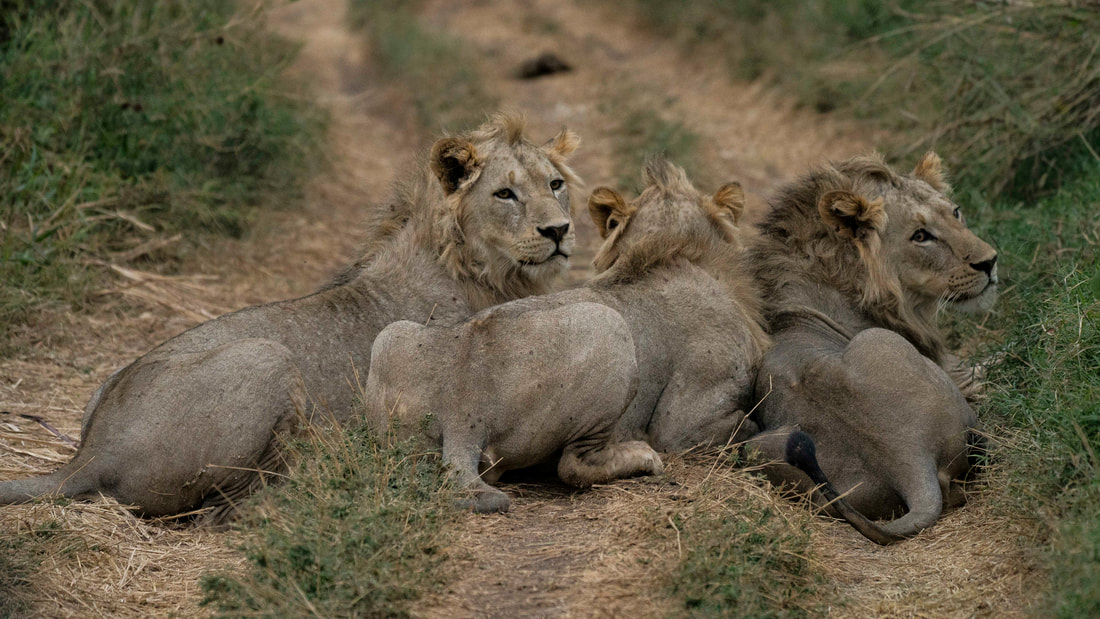
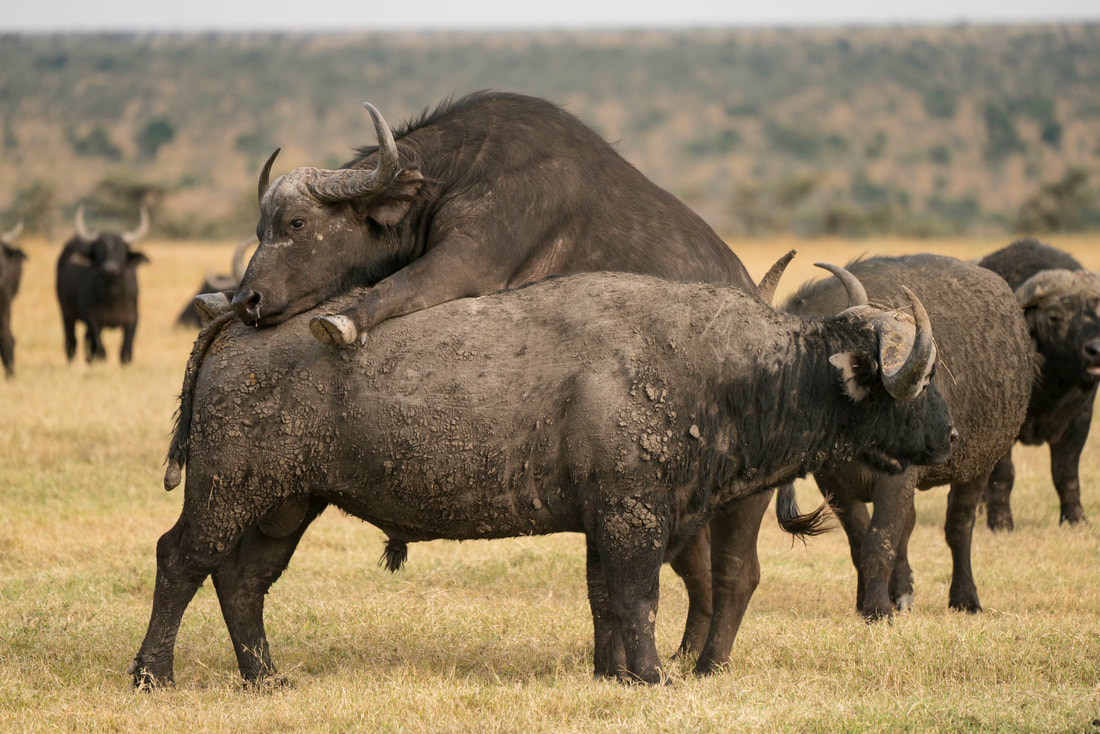
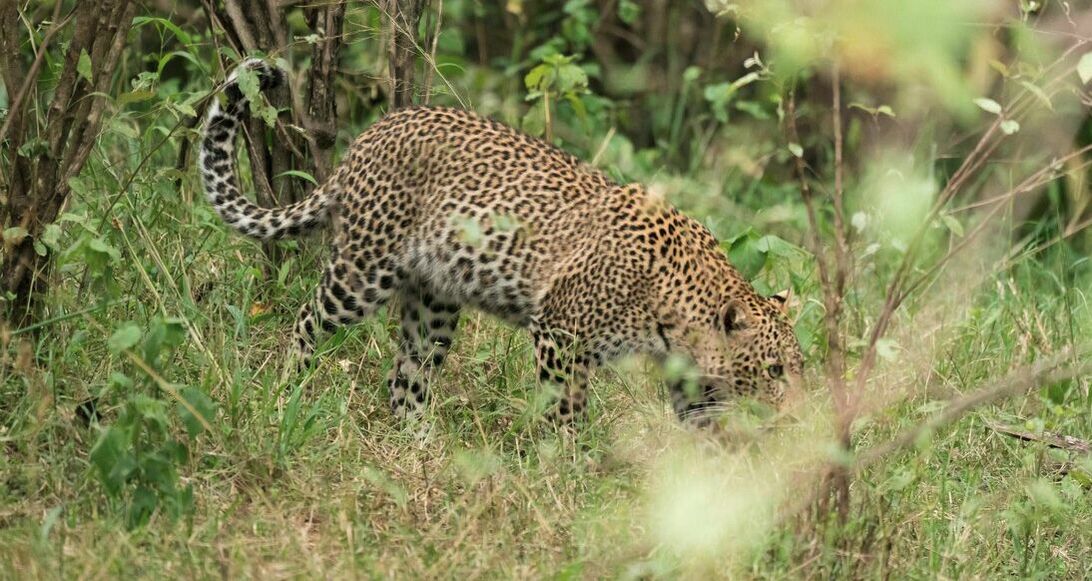
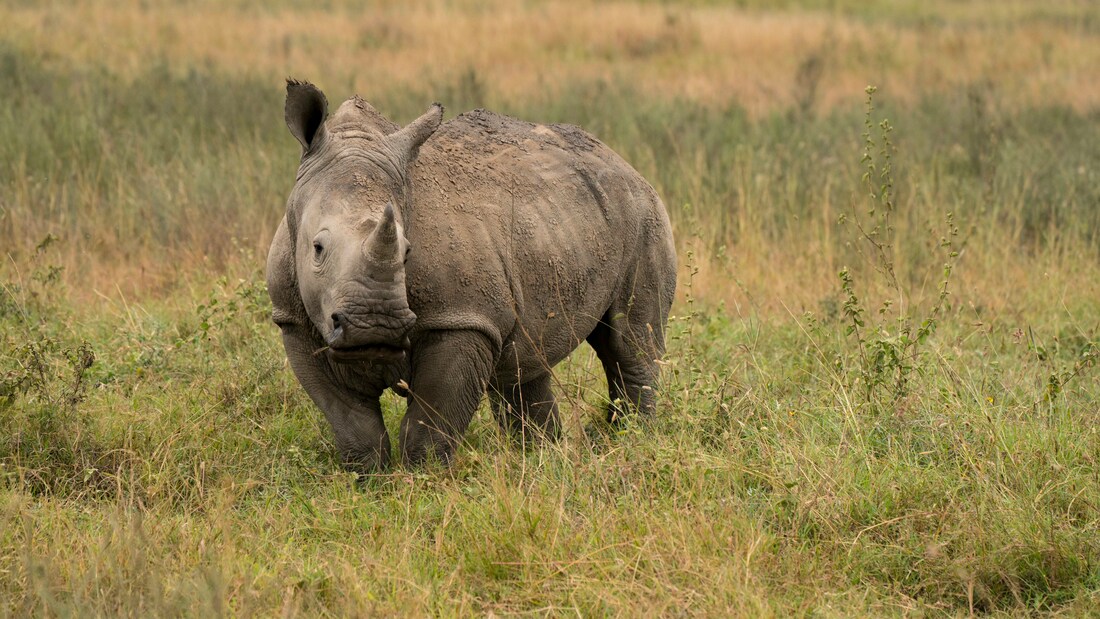
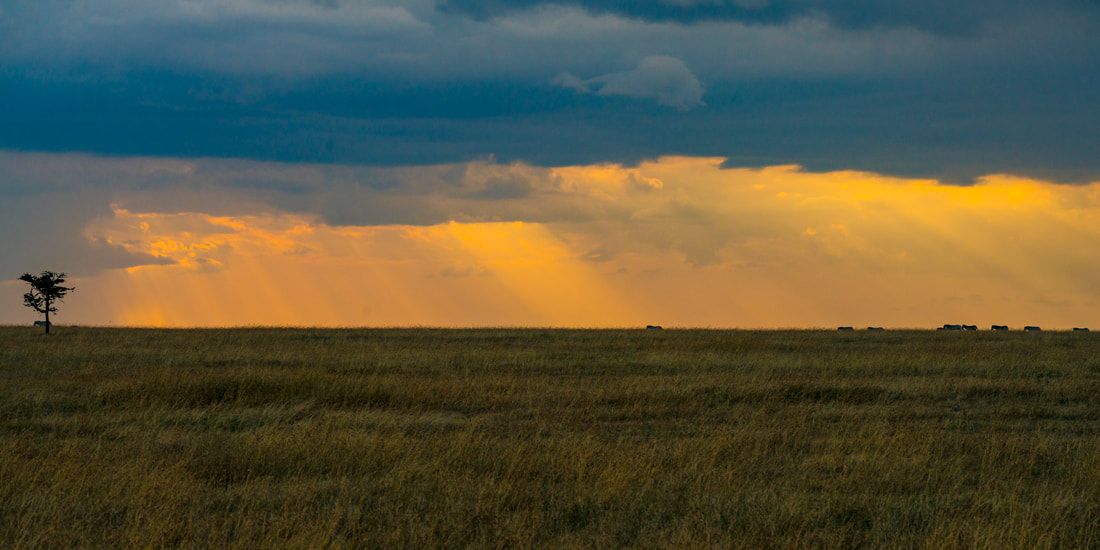
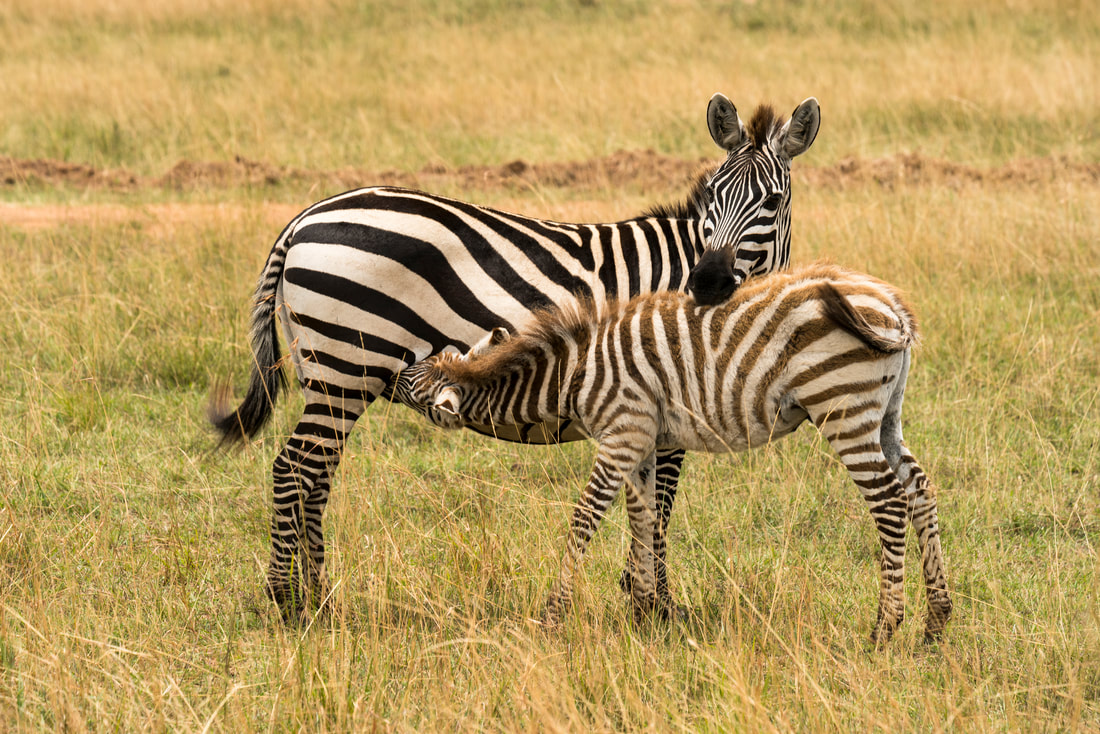
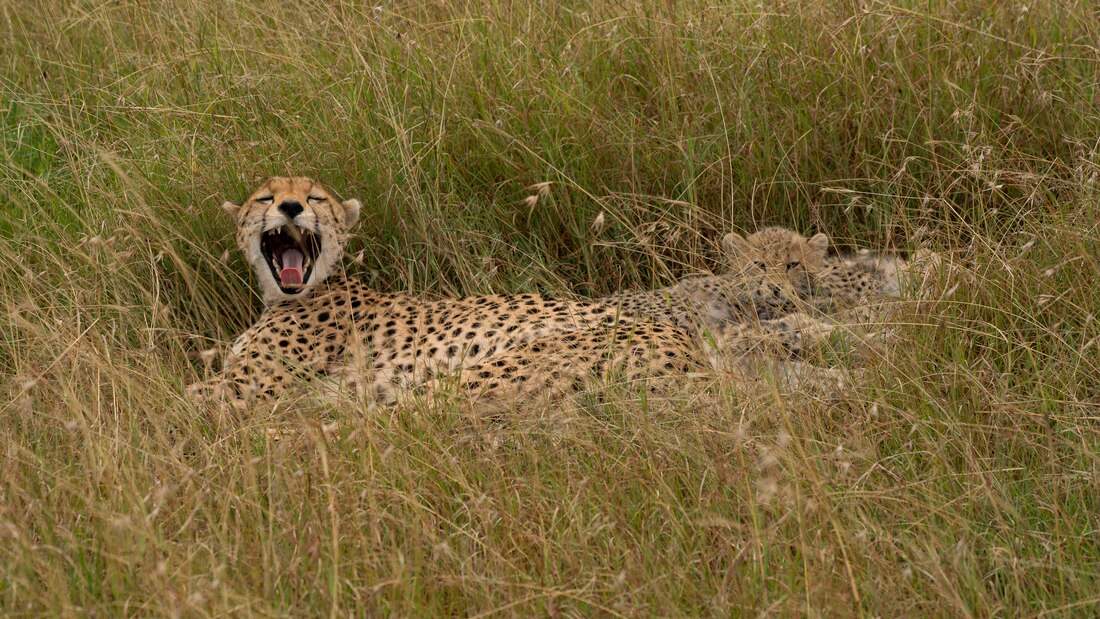
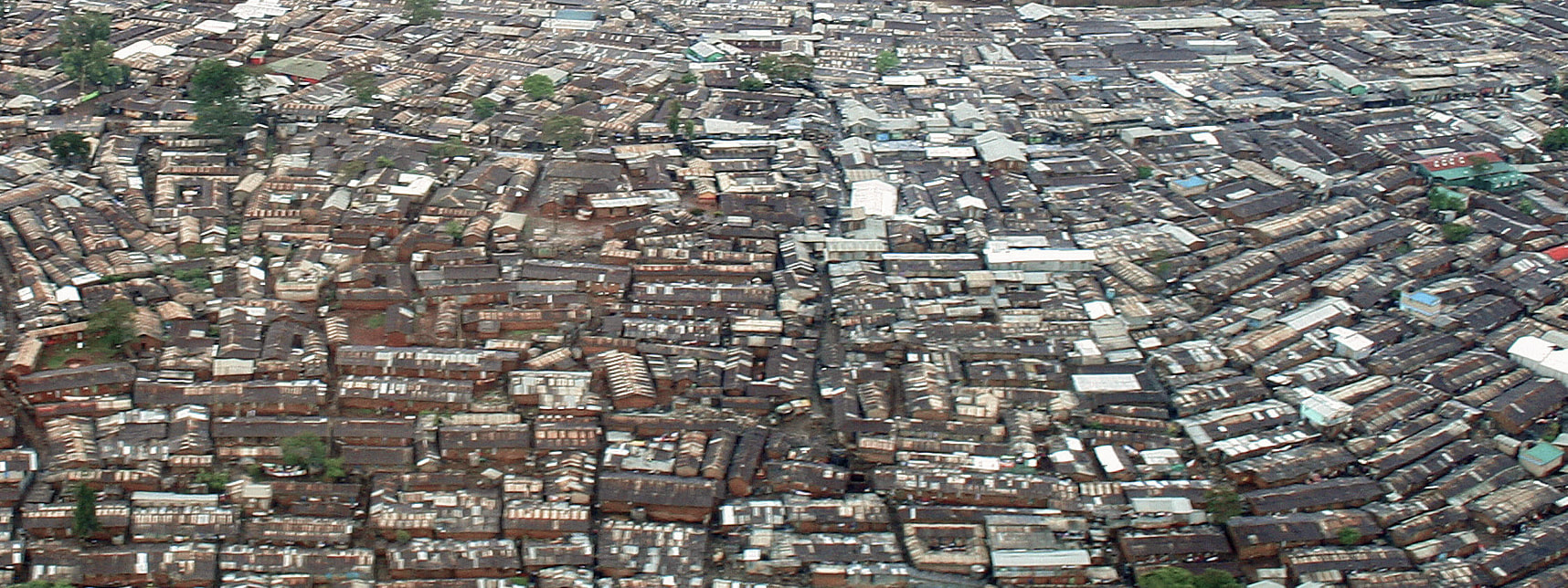
 RSS Feed
RSS Feed